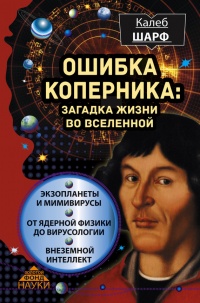Книга Странная обезьяна. Куда делась шерсть и почему люди разного цвета - Александр Соколов
На нашем литературном портале можно бесплатно читать книгу Странная обезьяна. Куда делась шерсть и почему люди разного цвета - Александр Соколов полная версия. Жанр: Книги / Домашняя. Онлайн библиотека дает возможность прочитать весь текст произведения на мобильном телефоне или десктопе даже без регистрации и СМС подтверждения на нашем сайте онлайн книг knizki.com.
Шрифт:
-
+
Интервал:
-
+
Закладка:
Сделать
Перейти на страницу:
Перейти на страницу:
Внимание!
Сайт сохраняет куки вашего браузера. Вы сможете в любой момент сделать закладку и продолжить прочтение книги «Странная обезьяна. Куда делась шерсть и почему люди разного цвета - Александр Соколов», после закрытия браузера.
Книги схожие с книгой «Странная обезьяна. Куда делась шерсть и почему люди разного цвета - Александр Соколов» от автора - Александр Соколов:
Комментарии и отзывы (0) к книге "Странная обезьяна. Куда делась шерсть и почему люди разного цвета - Александр Соколов"
























